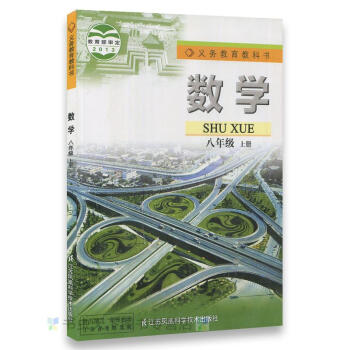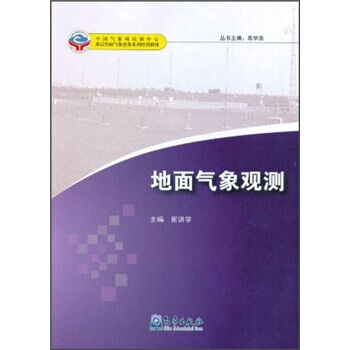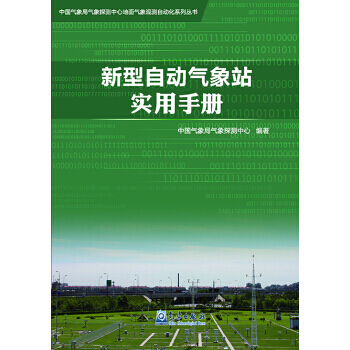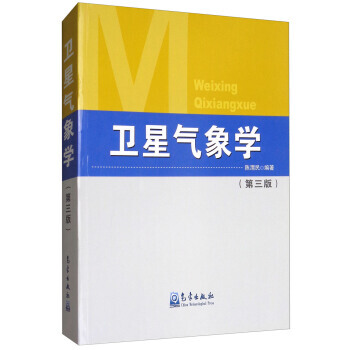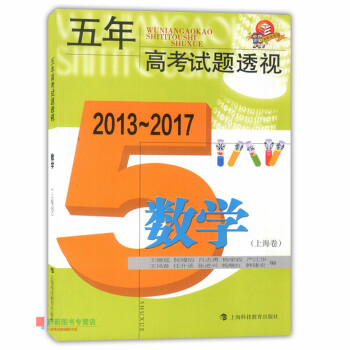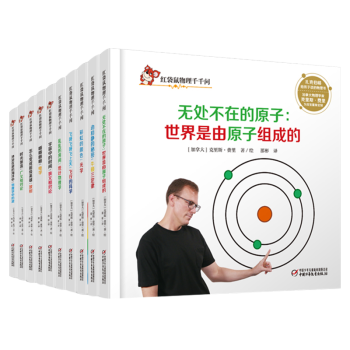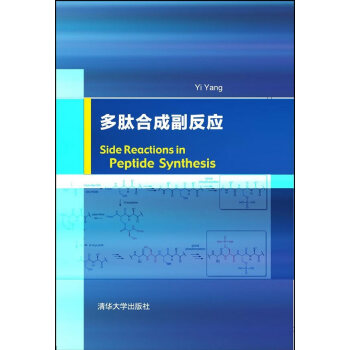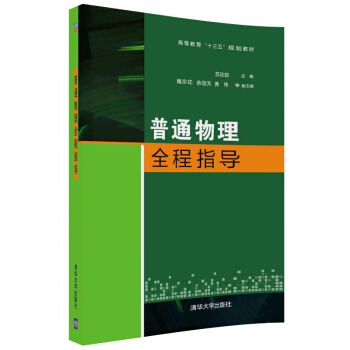

具体描述
preface iv
about theauthor xiii
the companion website xiv
to the studentxvi
list of symbols xix
1 the foundations:logic and proofs
1.1 propositional logic
1.2 applications of propositional logic
1.3 propositional equivalences
1.4 predicates andquantifiers
1.5 nested quantifiers
1.6 rules of inference
1.7 introduction to proofs
1.8 proofmethods and strategy
end-of-chaptermaterial-
2 basic structures:sets,functions,sequences,sums,andmatrices
2.1 sets
2.2 set operations
2.3 functions
.2.4 sequences and summations
2.5 cardinality of sets
2.6 matrices
end-of-chaptermaterial
3 algorithms
3.1 algorithms
3.2 the growth of functions
3.3 complexity of algofithms
end-of-chapter material
4 number theory and cryptography
4.1 divisibilitv andmodular arithmetic
4.2 integer representations andalgorithms
4.3 primesand greatest common divisors
4.4 solving congruences
4.5 applications of congruences
4.6 cryptography
end-of-chapter material
5 induction and recursion
5.1 mathematical induction
5.2 strong induction and well-ordering
5.3 recursive definitions and structural induction
5.4 recursive algorithms
5.5 program correctness
end-of-chapter material
6 counting
6.1 tlle basics of counting
6.2 the pigeonhole principle
6.3 permutations and combinations
6.4 binomial coefficients and identities
6.5 generalized permutations and combinations
6.6 generating permutations and combinations
end-of-chapter material
7 discrete probability
7.1 an introduction to discrete probability
7.2 probability theory
7.3 bayes’theorem
7.4 expected value and variance
end-of-chapter material
8 advanced counring technigues
8.1 applications of recurrence relations
8.2 solving linear recurrence relations
8.3 divide-and-conquer algorithms and recurrencerelations
8.4 generating functions
8.5 inclusion-exclusion
8.6 applications of inclusion-exclusion
end—of-chapter material
9 relations
9.1 relations and their properties
9.2 n-ary relations and theirapplications
9.3 representing relations
9.4 closures of relations
9.5 equivalence relations
9.6 partial orderings
end-of-chapter material
10 graphs
10.1 graphs andgraphmodels
10.2 graph terminology and special types of graphs
10.3 representing graphs and graph isomorphism
10.4 connectivity
10.5 eulerandhamiltonpaths
10.6 shortest.pathproblems
10.7 planargraphs
10.8 graphcoloring
end-of-chapter material
11 trees
11.1 introduction to trees
11.2 applications of trees
11.3 tree travcrsal
11.4 spanning trees
11.5 minimum spanning trees
end-of-chapter material
12 boolean algebra
12.1 boolean functions
12.2 representing boolean functions
12.3 logic gates
12.4 minimization of circuits
end-of-chapter material
13 modeling cornputation
13.1 languagesand grammars
13.2 finite-state machines with output
13.3 finite-state machines with no output
13.4 languagerecognition
13.5 turing machines
end-of-chapter material
用户评价
这本书的习题设计是其最大的亮点之一,简直可以称得上是“量身定制”的训练场。难度梯度设置得极其科学合理,从最基础的巩固性练习,到需要耗费一番脑力才能攻克的挑战性难题,应有尽有。我个人特别偏爱书后那些开放性的证明题,它们不提供标准答案,而是引导你去探索不同的证明路径,这极大地锻炼了我的逻辑推理能力和数学表达的准确性。很多题目看似简单,实则暗藏玄机,需要你跳出书本上已学方法的限制,进行灵活的变通和创造性的思考。遗憾的是,对于某些较难的题目,如果能附带详细的解题思路引导,而不是仅仅给出最终结果(如果它有答案的话),对于自学者而言,会更加友好和高效。总而言之,这套习题集是检验和深化对离散数学理解的最佳工具,绝非那些敷衍了事的“陪衬品”。
评分阅读体验上,这本书的语言风格是极其清晰、精确且不失亲和力的。虽然是英文原版,但作者在解释复杂概念时,用词遣句都非常考究,避免了不必要的晦涩难懂,使得阅读过程相对顺畅。尤其是在引入新概念时,往往会先用直观的语言进行描述,然后再给出严格的数学定义,这种“先感觉后形式”的教学方式,极大地降低了阅读障碍。作者对于数学证明的呈现方式也值得称赞,逻辑链条清晰可见,每一步的推理都有据可依,很少出现跳跃式的论证。不过,我注意到在某些章节的例子中,如果能用更贴近当代科技背景的例子来替代一些略显陈旧的例子,可能会让新一代的读者更有代入感。总的来说,这本教材在保持其学术权威性的同时,成功地营造了一种鼓励思考、平易近人的学习氛围,让人愿意长时间地沉浸其中。
评分这本书的结构逻辑简直是教科书级别的典范,它没有急于抛出深奥的理论,而是采用了一种循序渐进的构建方式。初识集合论时,讲解得细致入微,即便是零基础的读者也能迅速抓住核心概念。接着,在图论和组合数学的部分,作者巧妙地穿插了大量的实际应用案例,这极大地激发了我学习的兴趣。我记得在学习算法复杂度时,书中给出的例子简直是神来之笔,将抽象的数学概念与计算机科学中的实际问题紧密结合,让我瞬间“茅塞顿开”。不同章节之间的过渡衔接得非常自然流畅,仿佛在进行一场精心编排的知识之旅,而不是生硬地堆砌知识点。这种严谨而又富有洞察力的组织方式,体现了作者深厚的学术功底和卓越的教学智慧,对于想要深入理解离散数学内在联系的学习者来说,这本书无疑是上乘之选。
评分这本书的装帧设计简直是一流的,那种厚重扎实的质感,拿在手里就有一种沉甸甸的知识分量感。封面色彩搭配得体,既有学术的严谨,又不失现代感。内页纸张的质量也无可挑剔,印刷清晰锐利,即便是复杂的公式和图表也丝毫没有模糊不清的情况。我特别欣赏它在细节处理上的用心,比如章节标题的字体选择,既易于阅读,又能让人快速定位。不过,有一点小小的遗憾,或许是英文原版的缘故,一些术语的翻译注解如果能更本土化一些,对初学者来说会更加友好。整体而言,这绝对是一本值得收藏和反复研读的经典教材,它的物理呈现完美地衬托了内容的深度与广度,让人在学习之余,也能享受到阅读的愉悦。从排版布局来看,作者和出版社显然在用户体验上投入了大量精力,每一页的留白都恰到好处,保证了阅读时的舒适度。
评分内容覆盖的广度让我感到震撼,这本书简直像一个全景地图,将离散数学的各个分支领域都囊括其中,而且深度也令人满意。不仅仅是基础的命题逻辑和谓词演算,连一些更前沿或更偏应用的领域,如关系代数、图的遍历算法、甚至包括了数理逻辑的基础探讨,都有相当扎实的篇幅进行阐述。特别是关于“可计算性理论”那一章节的介绍,虽然篇幅有限,但精准地把握了其核心要义,为后续学习更高级的理论打下了坚实的基础。唯一的期望是,如果能增加一些跨学科的案例分析,比如在数据结构或人工智能中的具体应用实例,可能会让这本书的实用价值更上一层楼。但即便如此,它作为一本系统的参考书,其内容的全面性已然达到了极高的水准,几乎可以支撑一个完整本科阶段的学习任务。
相关图书
本站所有内容均为互联网搜索引擎提供的公开搜索信息,本站不存储任何数据与内容,任何内容与数据均与本站无关,如有需要请联系相关搜索引擎包括但不限于百度,google,bing,sogou 等
© 2025 book.idnshop.cc All Rights Reserved. 静思书屋 版权所有


![正版 数学的发现 对解题的理解 研究和讲授 [美]知治 波利亚刘景麟曹之江邹清莲数学与猜 pdf epub mobi 电子书 下载](https://pic.tinynews.org/28401874977/5b021792N520459d5.jpg)

